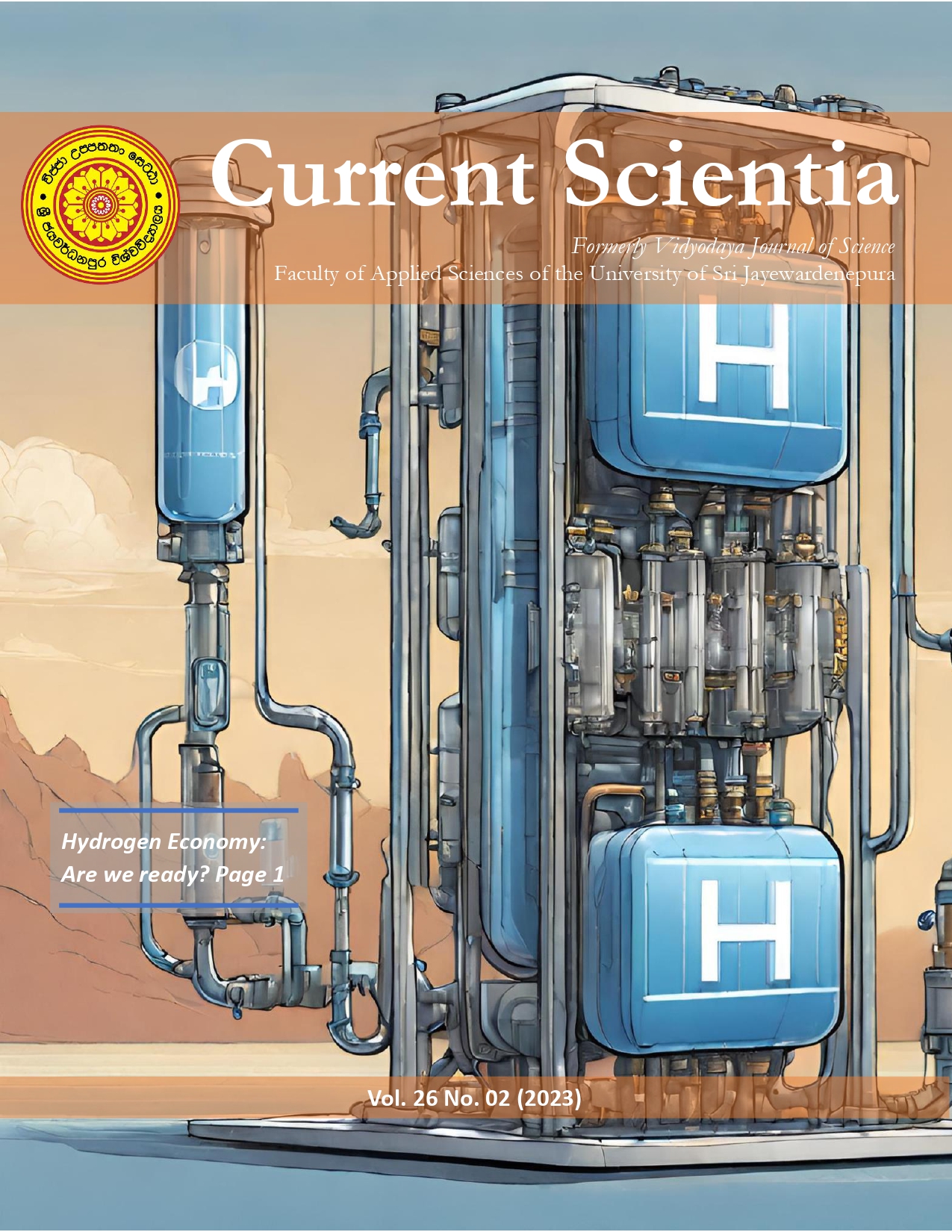Synthesis and Characterization of Novel Diethylenetriamine Based Sulfonamide Ligands and Their Bidentate Platinum(II) Complexes Toward Anticancer Drug Leads
DOI:
https://doi.org/10.31357/vjs.v26i02.6809Abstract
Diethylenetriamine (dienH) is one of the most biologically compatible chelate frameworks. Its hydrophilic amine moiety was functionalized via N-sulfonylation with sulfonyl chloride to produce two novel ligands; N(SO2)(bzd)dienH (L1) and N(SO2)(4-Mebip)dienH (L2) and two reported ligands; N(SO2)(1-nap)dienH (L3) and N(SO2)(2-nap)dienH (L4). Treatment of cis-Pt(DMSO)2Cl2with L1, L2, L3 and L4 afforded four novel neutral complexes [Pt(N(SO2)(bzd)dienH)Cl2] (C1), [Pt(N(SO2)(4-
Mebip)dienH)Cl2] (C2), [Pt(N(SO2)(1-nap)dienH)Cl2] (C3) and [Pt(N(SO2)(2-nap)dienH)Cl2] (C4) respectively. All synthesized compounds were characterized by 1H NMR, UV-Vis, FTIR and fluorescence spectroscopy. Aliphatic diethylenetriamine protons of the ligands appeared in the 3.00 -2.30 ppm region in 1H NMR spectra recorded in DMSO-d6. Upon complexation, the appearance of two broad NH peaks between 5.00 -7.00 ppm region and another broad peak between 7.00-8.00 ppm confirmed the bidentate
denticity of the ligands vs tridentate. The formation of metal complexes was further supported by FTIR spectra in which the S-N stretching band for the metal complexes appears at lower wavenumbers compared to that of the corresponding free ligands. Emission spectra were recorded in methanol and intense fluorescence properties were observed in the 331-364 nm range for the ligands, whereas the corresponding Pt complexes showed quenched fluorescence. In vitro cytotoxic effects were investigated
using sulforhodamine B assay, where L2 (< 10 μg/mL) demonstrated increased levels of cytotoxicity followed by C2 (< 25 μg/mL) and C4 (< 50 μg/mL) to non-small cell lung cancer cells in dose and time-dependent manner, with less or no cytotoxic effects to normal lung cells tested. Among the compounds tested, C1 and C3 displayed comparatively lower but more potent cytotoxic effects on lung cancer cells. Notably, these compounds did not exhibit any toxicity towards normal cells. Thus, they hold promise as lead compounds for the development of chemotherapeutic agents targeting lung cancer.
Keywords: Platinum, Sulfonamide, Biphenyl, Benzodioxan, aphthalene




